As a rule, I generally don’t bother with point-and-shoot zoom cameras, preferring the simplicity and reliability of their fixed-focal-length brethren. But a couple of factors made the Pentax Espio 115G unusually appealing to me. First, the price was right: $6 at a local thrift store. Hard to complain about that. Second, I’d had a very good experience with another Pentax Espio (the Espio Mini, reviewed here). Third (and I recognize this is going to sound terribly superficial), I love the way the camera looks. With its brushed stainless steel front and matte black body, the Espio 115G is very handsome. Luckily, there turned out to be much more to this camera than just good looks!
It seems there are a million different Pentax Espio models, most of which do little to stand out from the point-and-shoot crowd. But there are notable exceptions, like the aforementioned Mini and this 115G. Sure, on paper, it’s just another autofocus, auto exposure, DX-only, zoom camera. So what makes it so special? Apart from the eye-catching styling, this camera also sports a few features you don’t see every day. For example, rare is the compact camera that has a diopter adjustment for the viewfinder. Second, you can force the 115G to infinity focus. That’s very handy when shooting through windows or when there’s a lot of foreground clutter to throw the autofocus off. Third, it has a bulb mode — two of them, actually. There’s a regular bulb setting that will expose for up to 5 minutes, as long as you hold the shutter release down that long. In addition, the 115G has something called “Bulb Sync” mode, which adds a flash burst to the beginning of the exposure.
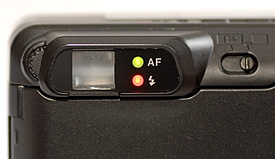
Note the diopter adjustment control to the left of the viewfinder. The slider switch for engaging panoramic mode is to the right.
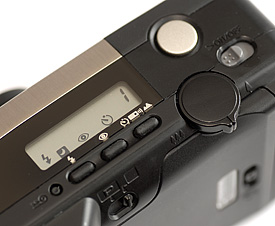
The camera's top-panel controls. To the right are the on-off switch, zoom control, and silver shutter-release button.
Like a lot of cameras from this era (the 1990s) the 115G has a panoramic mode. True, it’s really just a gimmick — the camera simply crops a portion from the top and bottom of a standard-width 35mm film frame — but it’s a fun gimmick. What makes it work is that you can preview the crop in the viewfinder and compose your photo with the panoramic aspect ratio in mind. This really does present the world in an interesting, and at times, inspiring, way. I get more use out of this feature than I ever imagined I would.
So far, the plus side of the ledger is looking pretty good, so what are the minuses? There are a few, as with every camera. Let’s start with the battery. It takes the slightly uncommon and expensive CR-2 size. Indeed, I paid more for the battery than I did for the camera! What’s worse, the Pentax owner’s manual says the CR-2 cell is only good for 8 rolls of 24-exposure film, assuming you use flash half the time. That’s pretty grim. By comparison, the Espio Mini, which is powered by a more common CR-123A, gets 30 rolls from a fresh battery under the same shooting conditions.
The 115G’s motor is also quite noisy. Whenever you power up the camera or zoom, you, and everyone around you will hear it. This isn’t a camera that you’ll be able to use in a quiet theatre or museum without attracting attention. I also find the recessed on-off switch a mixed blessing. You have to use your fingernail to activate it, but I suppose that also means that you’re unlikely to have the camera accidentally turn itself on in your pocket. Start-up takes about 2 seconds, which is acceptable, though a touch pokey.
The Espio 115G sports a 38-to-115mm (3×) zoom lens comprised of 7 elements arranged into 6 groups. That’s a pretty sophisticated optic. The aperture varies from f/3.9 to f/10.5. While I’d prefer to be able to go a little wider than 38mm, the top end of 115mm is nice. At full zoom, the lens projects a slightly alarming (and slightly obscene) 2½ inches (64mm) from the camera body. There’s also a little play in the lens assembly at this end of the range, though I haven’t noticed any image artifacts as a result.
I really enjoy using the 115G — it’s a lot of camera packed into a little package, and for me at least, the pluses are definitely more significant than the minuses. It’s a solidly built little machine that produces nice, sharp images. If you happen to see one turn up at your local thrift store at a reasonable price, grab it. I think you’ll find, as I have, that it’s a very capable shooter.
Did you find this article interesting or helpful? If so, consider using this link the next time you shop at Amazon.com. Better yet, bookmark it for future use. Thanks to Amazon’s associates program, doing so costs you nothing yet helps keep this site up and running. Thanks!
For more of my camera reviews, click here.

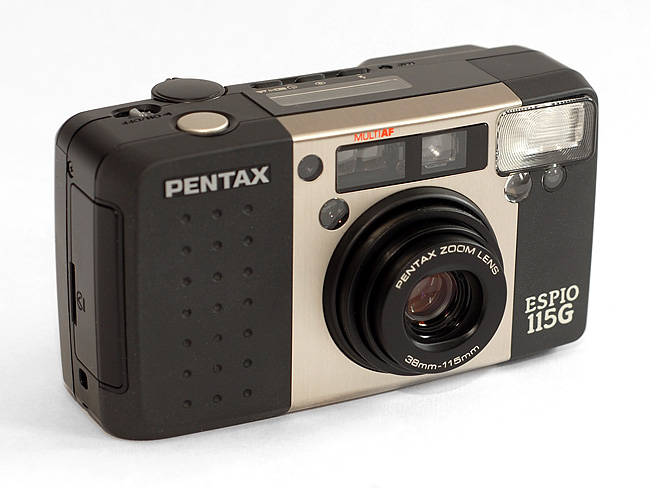
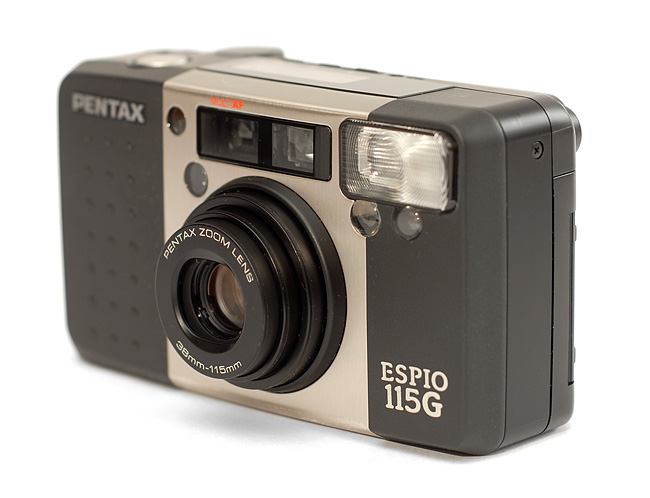

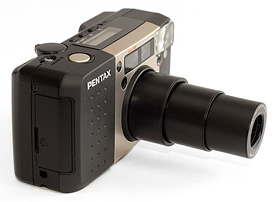
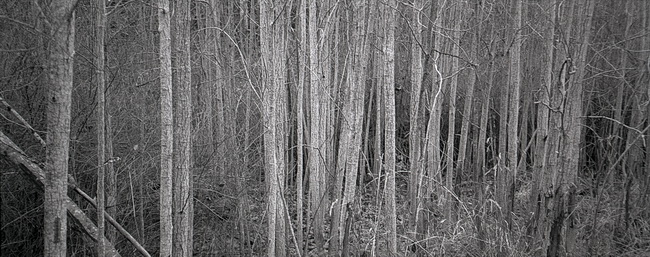
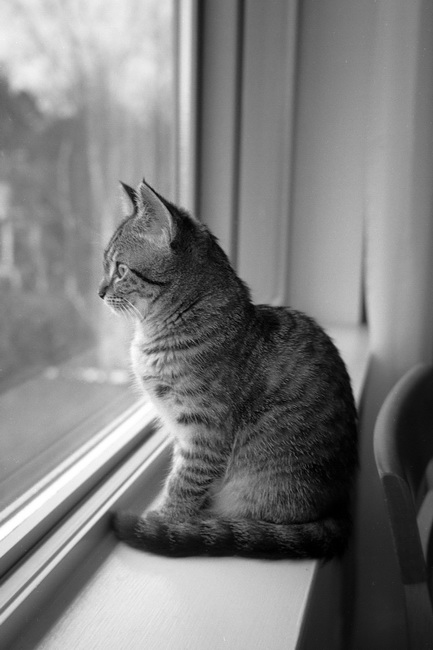
 Subscribe with RSS
Subscribe with RSS


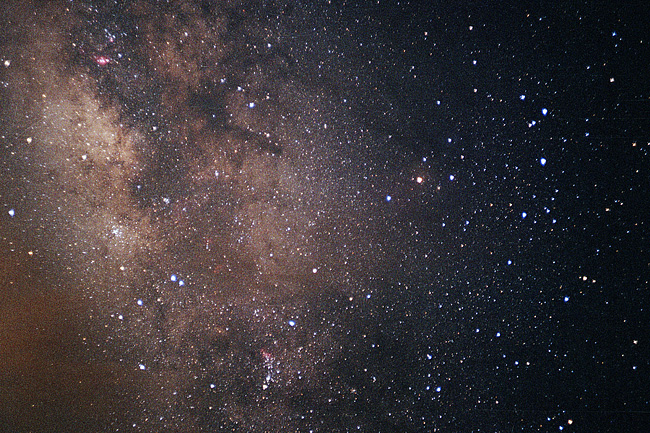





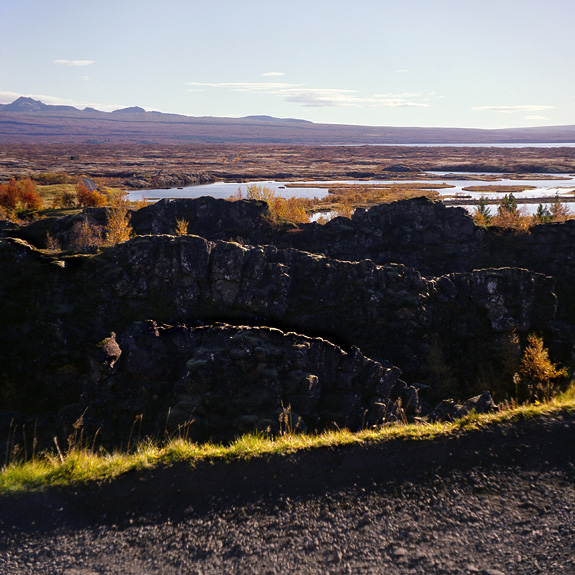
Hi, do you find that this camera doesn’t make “your typical” shutter release sound when you press the shutter? It doesn’t produce that click sound it simply just winds to the next exposure. I’m not sure if it’s meant to be that way or if I have a faulty unit?
Thank you.
Mine sounds normal with a faint, but audible click. The easiest way to check yours is to run some film through it and see what you get.
Thanks Gary, I did run some film through it and loved what I got. Fantastic camera, good performer. Thanks for the reply.
Glad to hear it!
Hi Gary,
Does the viewfinder zoom with the lens? I’m thinking of attempting a home made zooming viewfinder for my digital PENTAX MX1 and this camera has a pretty similar focal length range.
Thanks
Yes it does.
Thanks! There are a couple of dead ESPIO 115’s on the ‘bay for a few pounds. I’ll pull one apart and see how the viewfinder mechanism is coupled to the lens zoom mechanism.
Alas, 10 years after you wrote this article, I’m just reading it… I bought this camera back in the day, sure it was £99. Alas the diopter viewfinder stopped moving, I don’t know how you fix that without taking it all apart.. I barely used it after that, or even before, but thought I’d give it another go after all these years. Wish I could fix it..
Pingback: Pentax IQZoom/Espio 115M and 115G: Additional ace autofocuses from Asahi. (Also, the return of the IQZoom/Espio 170SL) – Urban Adventure League